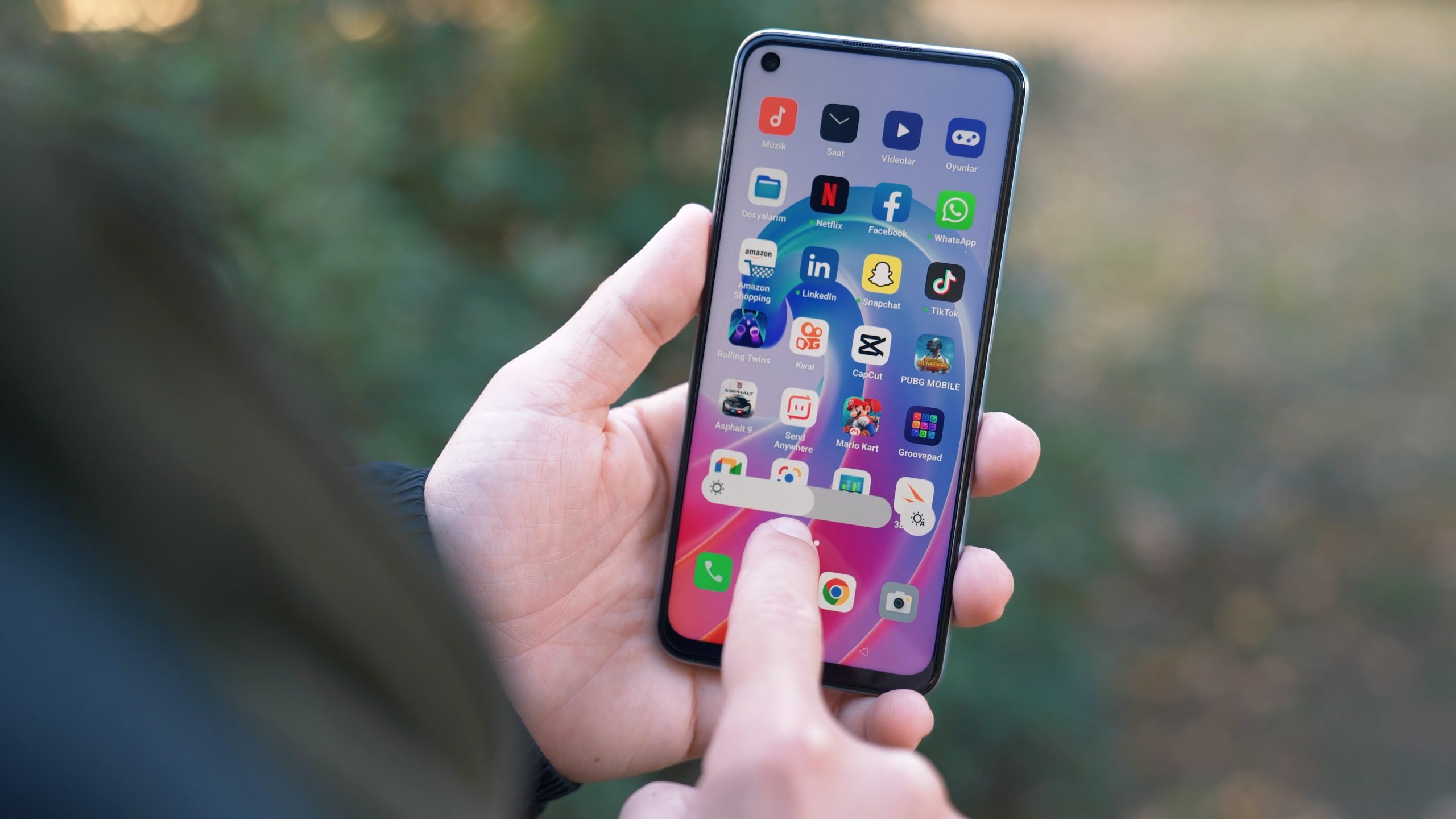Blocking apps on your Android device can help you maintain focus, protect children from inappropriate content, or simply manage screen time. There are several ways to block apps effectively, whether through built-in Android settings, third-party apps, or parental controls. Hire a hacker to test security
Table of Contents
ToggleBlock Apps on Android: Enhance Control & Security

1. Use Built-In Digital Wellbeing Features
Most Android devices come with built-in tools like Digital Wellbeing to limit app usage.
Steps:
- Open the Settings app.
- Navigate to Digital Wellbeing & Parental Controls.
- Tap Dashboard or Focus Mode.
- Select the apps you want to block or limit.
- Set time limits or enable Focus Mode to block apps during specified hours.
2. Set Up Parental Controls
If you want to restrict access to apps for children, use Google’s parental control features.
Steps:
- Go to the Settings app.
- Scroll to Digital Wellbeing & Parental Controls > Set up Parental Controls.
- Follow the prompts to set up a child’s account.
- Use the Family Link app to control which apps the child can use and block specific ones.
3. Use Third-Party App Blockers
Several third-party apps provide more advanced options for blocking apps.
Recommended Apps:
- AppBlock: Lets you block apps during work hours or set schedules.
- Stay Focused: Allows blocking and tracking of app usage to enhance productivity.
- Kidslox: Ideal for parental control with app and website blocking.
How to Use Third-Party Apps:
- Download the app from the Google Play Store.
- Grant the necessary permissions, such as accessibility or usage access.
- Select the apps you want to block and configure settings like time limits or schedules.
4. Disable Apps (For Preinstalled Apps)
If you cannot uninstall an app, disabling it prevents it from functioning or appearing in your app drawer.
Steps:
- Open the Settings app.
- Go to Apps & Notifications (or Apps).
- Find the app you want to block.
- Tap Disable.
Note: This method only works for preinstalled apps and may not apply to downloaded ones.
5. Block Notifications from Apps
Sometimes, blocking notifications can reduce distractions without completely blocking the app.
Steps:
- Open the Settings app.
- Go to Apps & Notifications > See All Apps.
- Select the app you want to manage.
- Tap Notifications and toggle them off.
6. Restrict Background Data and Usage
Blocking background data for specific apps can limit their functionality without uninstalling them.
Steps:
- Open the Settings app.
- Go to Apps > App Info.
- Select the app.
- Tap Data Usage and turn off background data access.
7. Use Launcher Apps for Customization
Certain launcher apps allow you to hide or block apps from appearing on your device.
Recommended Launchers:
- Nova Launcher
- Apex Launcher
Steps:
- Install the launcher app from the Google Play Store.
- Set it as your default launcher.
- Customize settings to hide or block apps from view.
8. Password Protect Apps
To prevent unauthorized access, use apps that lock other apps with a password, PIN, or fingerprint.
Recommended Apps:
- AppLock
- Norton App Lock
How to Use:
- Download and install the app from the Google Play Store.
- Set up a password or PIN.
- Select the apps you want to lock.
Final Thoughts
Blocking apps on Android is a straightforward process, whether you’re using built-in tools or third-party applications. By choosing the method that best suits your needs, you can enhance productivity, manage screen time, and protect your device from unauthorized usage.

